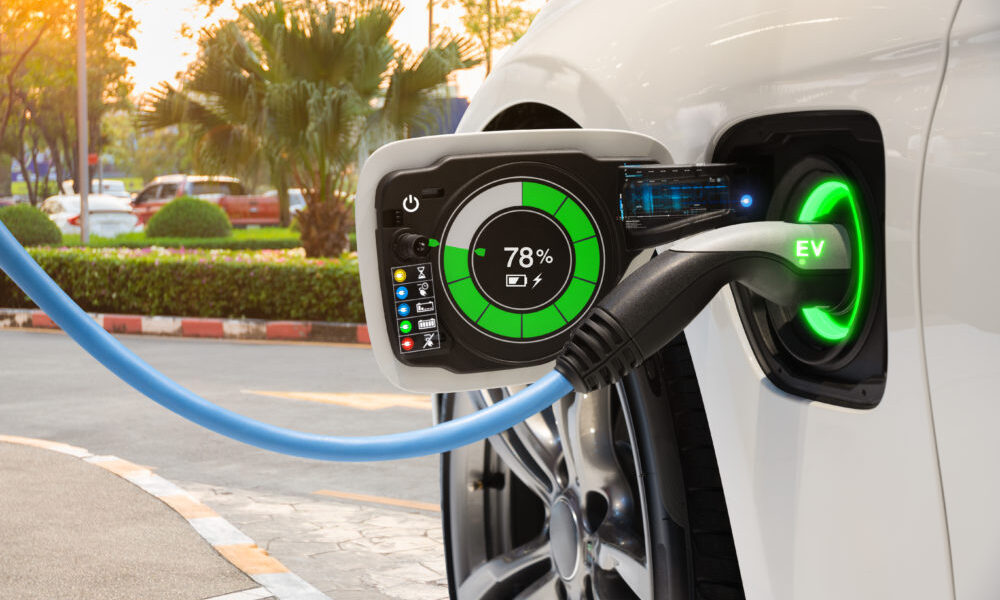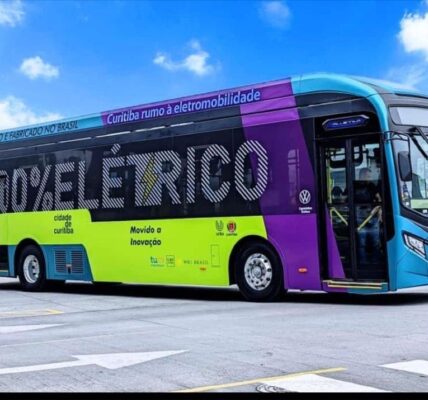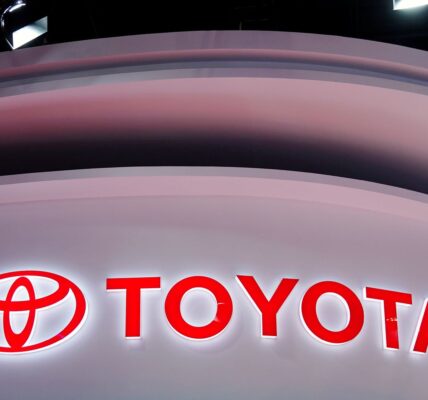For over a century, Americans have been enamored with the idea of hitting the open road and embarking on a classic road trip. The freedom of the open road, the wind in your hair, and the endless possibilities of a full tank of gas have fueled summertime dreams for generations. However, this same “live free or die” mentality has also made the US slower to adopt electric vehicles (EVs) until recently. For Americans, the open road is freedom, and the need to frequently stop and charge is seen as an intrusion.
Last year, plug-in vehicles accounted for less than 8% of new-car sales in the US, far behind Europe’s 32% EV adoption rate and China’s 30% uptake. These regions got a head start by embracing tiny EVs with small batteries and limited range. By contrast, a survey conducted last year by Bloomberg Green found that fewer than 10% of US respondents would settle for anything less than 200 miles of range. Recent data on ranges for EVs sold in the US shows that Americans are demanding the longest ranges in the world, roughly a third more than the global average. The average EV range is on the cusp of exceeding 300 miles, a key psychological barrier.
Many have criticized this quintessential American excess, pointing out that the average US commute is only 55 miles per day. However, America’s EV exceptionalism reflects a more nuanced understanding of range limitations than consumers are typically given credit for. Americans spend more time in their cars than drivers in any other country. US road travel totals about 4 trillion miles per year, or roughly 14,500 miles per person, a third more than any other country. That makes range anxiety particularly acute for Americans, whose access to charging networks is still limited. For new EV buyers, figuring out how much range is really needed can be complicated.
The problem is that a car rated for 250 miles of range doesn’t actually provide 250 miles of reliable range. The number drops when you turn on the heater or air conditioning, or drive in the rain or against a strong wind. Sudden stops and frequent braking also eat up mileage. So does driving over 60 miles per hour, loading the car with passengers and luggage, or using a ski or bike rack. Even under perfect conditions, drivers can’t count on all of those rated miles. Just like with a gasoline tank, running a battery down to empty risks leaving you stranded, so it’s important to hold some miles in reserve. Most batteries also aren’t meant to be charged to the max, and battery degradation over time is accelerated for smaller batteries.
All of these factors together can easily reduce the usable range on a 250-mile battery down to 90 miles. On its face, 90 miles seems like it should be plenty to cover the average day for most drivers. But plenty of days aren’t average: the times you forget to plug your car in at night, or lose power, or unexpectedly need to run extra errands or check in with a friend on the other side of town.
A little quirk of EV charging is that it’s typically much faster to add a few miles of charge to a big battery than to a smaller one. That’s because longer-range batteries are made with materials better suited to fast charging. Also, once a battery is half full, the charging rate begins to slow, so smaller batteries spend less time adding miles at their maximum charge rate. What this all means is that 10 minutes at a highway charger might add 160 miles of driving to a long-range Kia EV6, but just 32 miles to a base Nissan Leaf. Drivers have to plan their pit stops accordingly.
Some argue that given the world’s stretched battery supply, carmakers should prioritize smaller EVs or plug-in hybrids. The rationale is that we should dole out what we’ve got to the largest number of vehicles possible. But this battery-maximizing strategy rests on the myth that supplies can’t grow any faster, a notion debunked by a century of mass manufacturing. Right now, miners and refiners of key battery minerals are boosting capacity at their existing plants and opening new operations worldwide at the fastest rate in history. In the US alone, more than $58 billion was invested in the battery supply chain in the eight months through March.
Another way battery supplies are growing is with range-expanding battery chemistries that increase output using the same amount of key materials. For instance, a new generation of battery suppliers are adding increasing amounts of silicon to the anode, which is the part of the battery responsible for storing lithium electrons after a charge. This simple tweak can instantly boost range by 20%. That means the same Panasonic or LG Chem factory that was designed to build enough battery cells for 100,000 cars might suddenly accommodate 120,000 with no major changes to the factory itself or the critical minerals it uses. These high-silicon anodes will make their debut in luxury long-range vehicles like the 2025 Mercedes G-Wagon, but they should eventually increase vehicle range and reduce costs across the entire industry.








